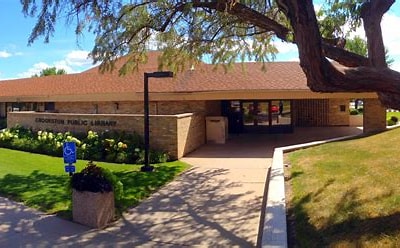The Minnesota Department of Natural Resources is encouraging homeowners to remove birdfeeders now and check their property for food sources that could attract bears. Most of the female bears with cubs and yearlings are still near their denning areas, but some full-grown bears are starting to emerge from dens to find a quick, high-calorie snack.
“Bird feeders can become bear feeders,” said Andrew Tri, DNR bear project leader. “Birdseed and suet are very attractive to bears looking for a quick, high-calorie meal. Prevention is key. Once a bear finds a food source, it will likely return.”
As bears emerge from hibernation, their metabolism gradually ramps up as they transition from nibbling on plants to more substantial meals. Food and food odors attract bears, and they can pick up a scent from more than a mile away. Home and cabin owners can prevent bears from searching for food in their yard or buildings now by using this helpful BearWise checklist (files.dnr.state.mn.us/wildlife/bear/bearwise/mn-bearwise-at-home-checklist.pdf) and following these BearWise basics (bearwise.org/six-bearwise-basics):
- Remove bird feeders when bears are active
- Secure food, garbage and recycling
- Never feed or approach a bear
- Never leave pet food outdoors
- Clean and store grills and smokers
- Alert neighbors to bear activity
More bear information
People should be cautious around bears and give them space. If bear problems persist after food sources have been removed, contact a Minnesota DNR area wildlife office for advice. To find a local wildlife manager, contact the DNR Information Center at 651-296-6157 or 888-646-6367, or visit wildlife area office contact information (mndnr.gov/areas/wildlife) on the Minnesota DNR website.
For more information on how to live responsibly in bear country visit the Minnesota DNR website (mndnr.gov/livingwith_wildlife/bears) or BearWise website (bearwise.org).





